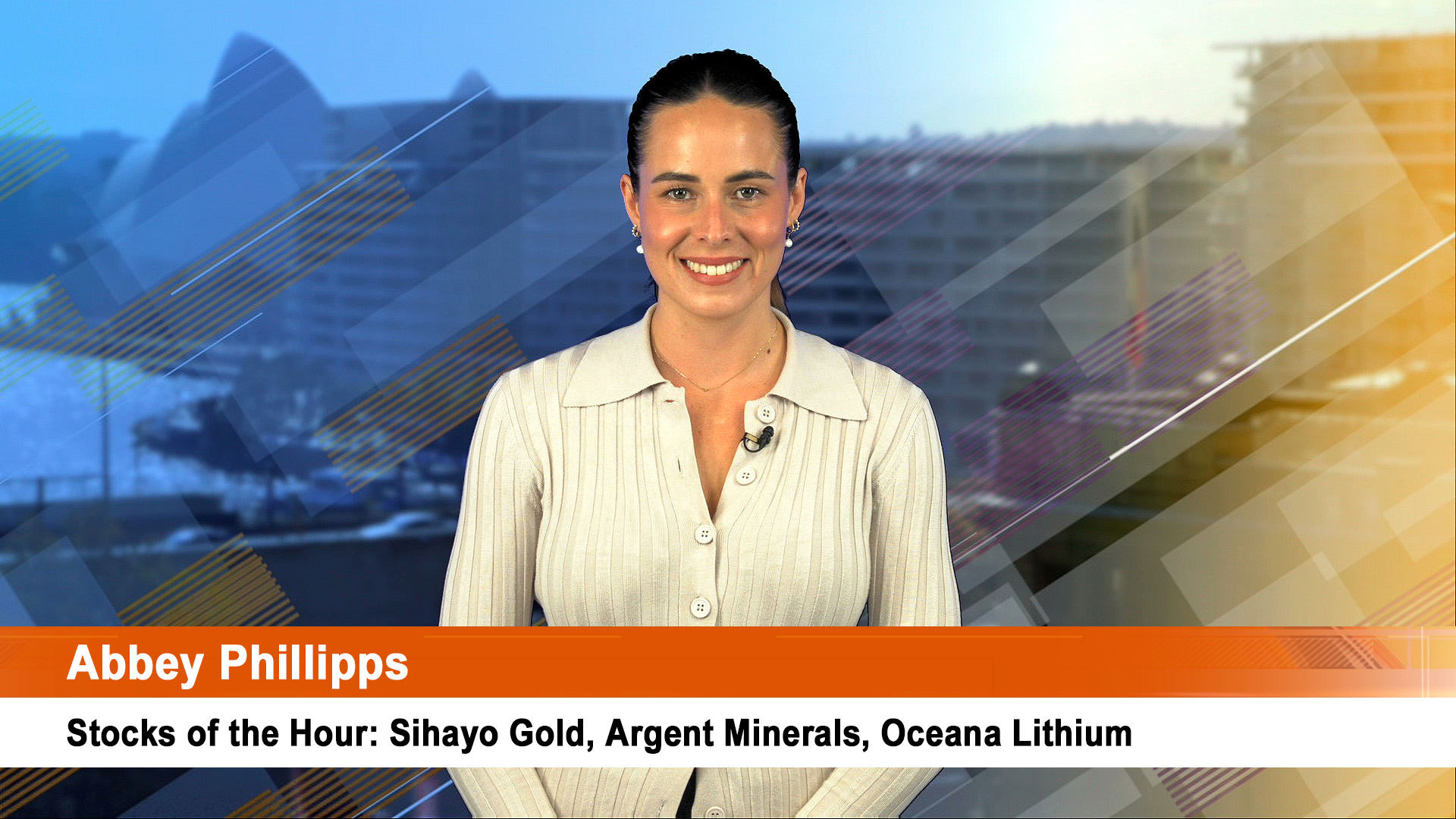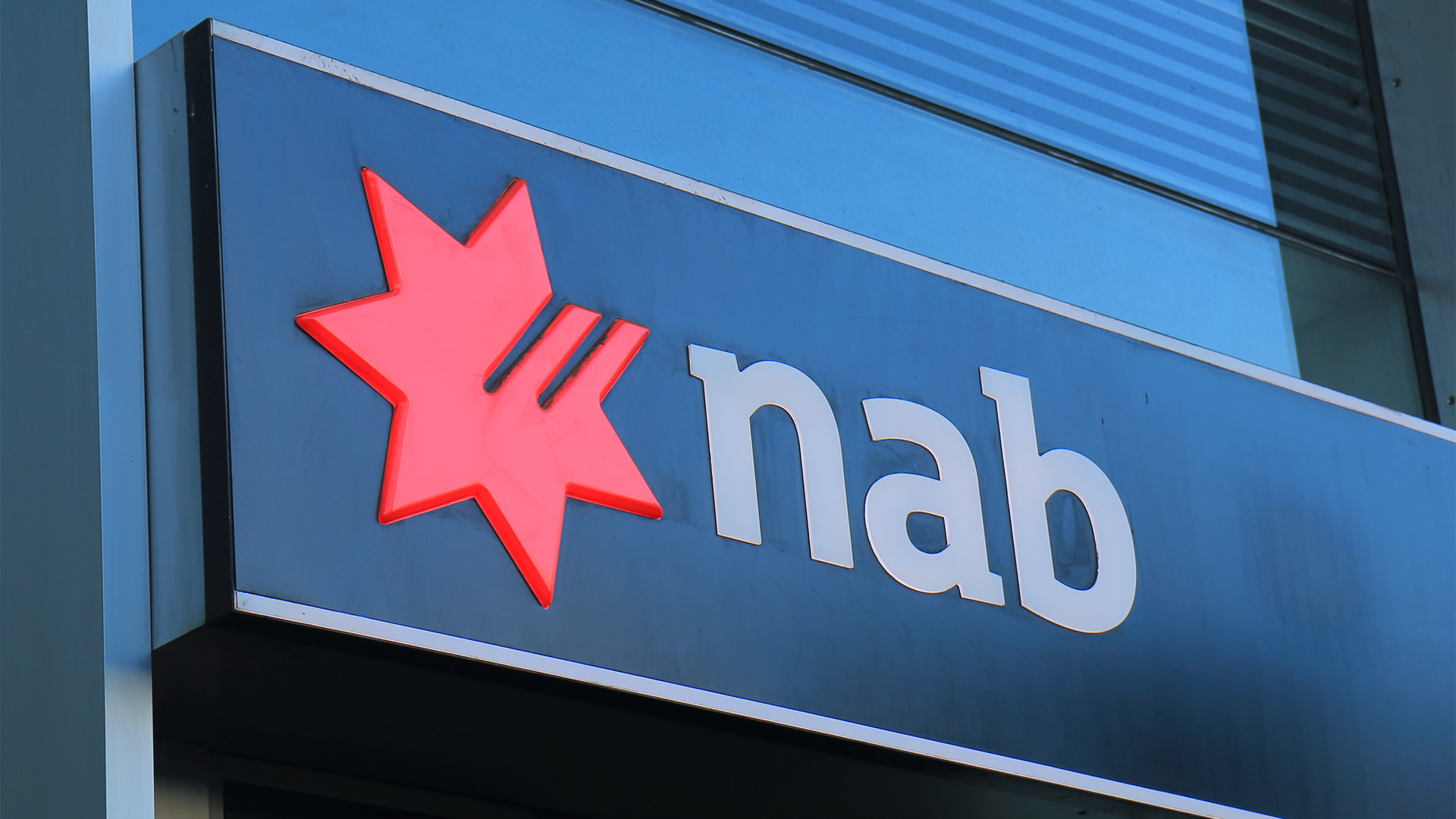The Australian stockmarket ended the March quarter lower than it was at the end of the March quarters in 2015 and 2016 – a sign of the continuing drift in the market despite the sharp improvement in the health of the Australian economy.
The ASX wrapped up its worst March quarter performance since the GFC last week – the ASX 200 ending the quarter on 5,759. That was 1.7% lower than a year ago when the ASX 200 ended the first quarter on 5,864 and 2.3% lower than the first quarter end in 2016 of 5,898.
For the March 2018 quarter the ASX 200 index fell 306 points, or 5.04%. Local investors have only suffered two worse March quarters over the past 25 years – a 15% in 2008 and a 6.3% loss in 1994.
Losses for the quarter were widespread, while gains were few.
Among the banks, the most important sector, losses were taken by all the majors – 10% for the Commonwealth Bank, 8.8% for Westpac, 6.5% for the ANZ and ‘only’ 3.6% for the NAB.
Telstra shares slumped by more than 13% while shares in rival, TPG lost 16.7%.
Among the miners, BHP shares dropped 4.6%, Rio Tinto shares lost just over 4%, Fortescue Metals shares took a pounding, dropping 11.3%, while OZ Minerals shares dropped just 1.8%. The problems at the Cadia mine hurt Newcrest and offset gains in the gold price. The shares lost more than 14% in the quarter.
Apart from Nine Entertainment’s 47% jump in the quarter, the rest of the listed media section lost ground – Seven West Media slid 12%, Fairfax Media lost more than 13%, News Corp’s Australian listed securities fell 3.1% (and 3% on Wall Street), Southern Cross shares shed 12.6%, but regional group, Prime saw a 7.4% spurt higher.
Shares in retail Food Group lost 62% in value as the company was hit by a scandal in the way it treats some of its franchisees – and a massive fall in profits. Caltex, another stock to be hit by a franchising scandal, shed 7.8% in value.
Retailing was generally a death trap, but there were one or two stand outs – The Reject Shop, which was one of the sliders of 2017, saw its shares end the quarter up 34.6%. But Super Retail group fell 17.6%, Myer shares of course slumped more than 43%, while shares in Woolies were down 3.7% and Wesfarmers lost 6.4%.
Shares in Metcash ended the quarter with a gain of just 0.3% which was outperformance compared to the 5% slide in the ASX 200 and the drops for its peers. The same could be said for Kathmandu shares were ended the quarter down 0.4%.
Building products saw a winner in CSR – irs shares ended 8.8%, but rival Boral fell 4.5% and Fletcher Building, one of the market’s biggest disasters of the past year, saw a 20% plus slide in the value of its shares.
Lithium remains the favour of the year, but not so far as many investors are concerned. Shares in Pilbara Minerals list 26%, Galaxy Resources shares fell 27.7%, while shares in Mineral Resources (which also tried to takeover small oil and gas group, AWE) fell 19.6%.
And emerging gold major, Northern Star saw its shares end up 3%, while nickel miner, Western Areas shares eased 3.5% (as nickel prices softened).
The Australian dollar lost 1.6% against the US dollar over the quarter, fetching 76.79 US cents at the weekend. Meanwhile the trade weighted index value fell 4% from 64.9 at the end December 2017 to 62.3 last Thursday.
US shares managed to rise 2% over the week paring their loss in March to 2.7%, Eurozone shares rose 1.5% leaving them down 2.2% for March and Japanese shares also rose.
However, Australian shares missed out on a rebound in US shares on Thursday and fell 1.1% over the week leaving them down 4.3% over March.
For the week, the Dow rose 2.7%, while the S&P added 2.1% and the Nasdaq was up 1%.
For the month of March, all three saw steep declines, with the Dow off 3.5%, the S&P 500 off 2.7% and the Nasdaq off 2.9% in its biggest monthly drop since January 2016.
In the first quarter, during which time the Dow and S&P fell into correction territory, the Dow fell 2.3% and the S&P lost 1.2%. Both ended nine-quarter streaks of gains; for the Dow, that represented its longest such streak since 1997.
The Nasdaq rose 2.3% in the first quarter, its seventh-straight quarterly gain, although the late March weakness clipped the index’s gains sharply.
In Europe the Stoxx 600 fell a sizeable 4.7% as the bloom went off the eurozone economic recovery.
In London the FTSE 100 slumped 8% suffered its worst quarterly drop since September 2011 thanks to more doubts about Brexit, weak economic data and the prospect of another rate rise in May and continuing political instability.
Germany’s Dax ends a six-quarter winning streak with a 6.4% drop, its deepest since March 2016, while a 6.3% fall for Japan’s Topix is its biggest quarterly loss since June 2016 and halts a three-quarter winning run.
The Nikkei shed 7.1%, but the Hang Seng added 0.6%. the Shanghai composite is off just over 4.1%.













